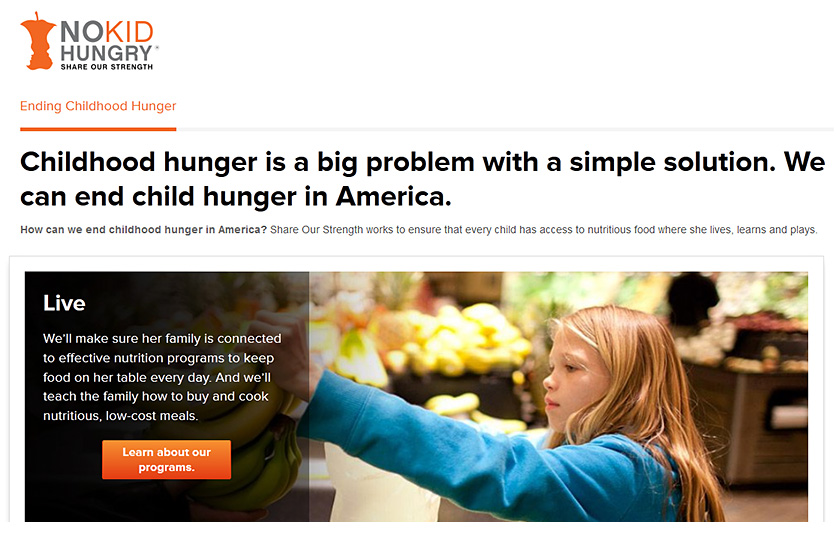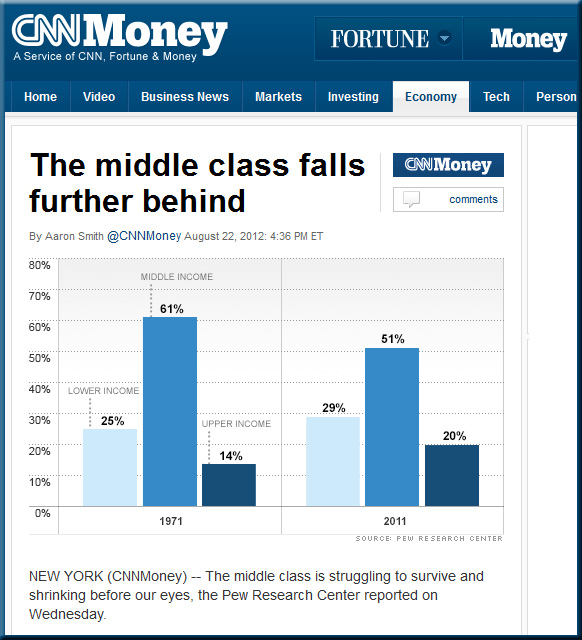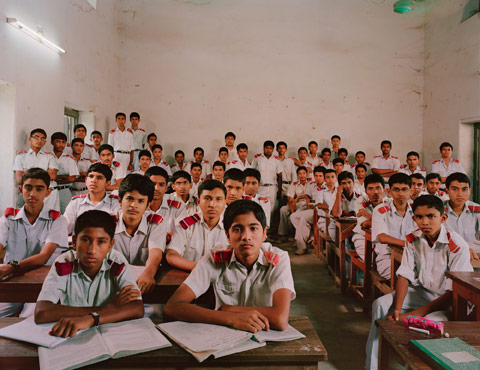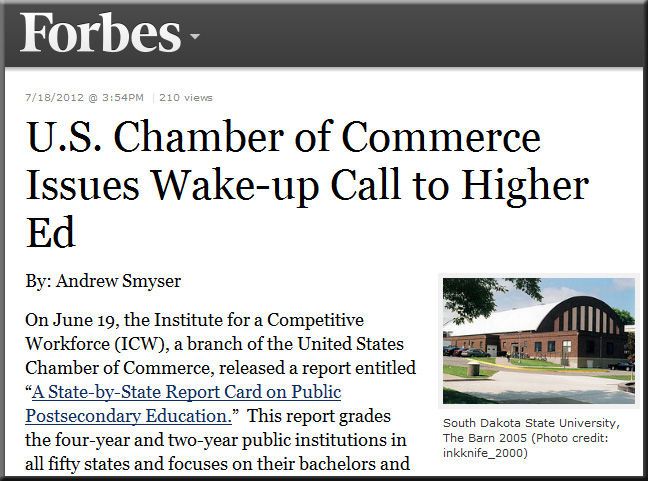Debt collectors cashing in on student loans — from the New York Times by Andrew Martin
Excerpt (emphasis DSC):
…many borrowers are struggling to pay off their student loans, and the debt collection industry is cashing in.
As the number of people taking out government-backed student loans has exploded, so has the number who have fallen at least 12 months behind in making payments — about 5.9 million people nationwide, up about a third in the last five years.
In all, nearly one in every six borrowers with a loan balance is in default. The amount of defaulted loans — $76 billion — is greater than the yearly tuition bill for all students at public two- and four-year colleges and universities, according to a survey of state education officials.
In an attempt to recover money on the defaulted loans, the Education Department paid more than $1.4 billion last fiscal year to collection agencies and other groups to hunt down defaulters.
From DSC:
Administrators throughout the country need to ask, how can we cut the price of our degrees by 50% or more? No kidding! I realize that sounds crazy, but if we don’t do this, cheaper — and increasingly attractive/convenient — alternatives will continue to develop. The conversation is not moving in a positive direction folks. There is a limit to people’s incomes and patience here.


















